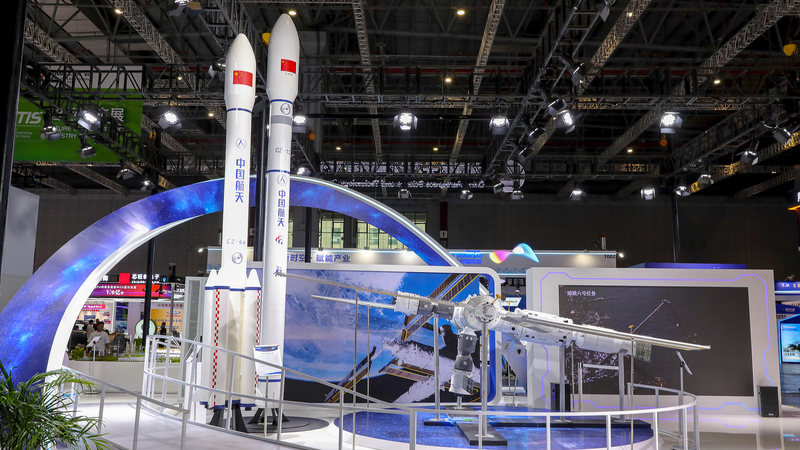Yesterday, on November 25, 2025, China's Shenzhou-22 cargo craft rocketed into orbit at 12:11 p.m. Beijing time (04:11 a.m. GMT) from the Jiuquan Satellite Launch Center in the northwestern region of the Chinese mainland. Piloted by the Long March-2F Y22 booster, the mission achieved a flawless front-port docking with the Tianhe core module at 3:50 p.m. Beijing time (07:50 a.m. GMT), less than four hours after liftoff.
Shenzhou-22 carried essential supplies—medical kits, fresh fruits and vegetables—and a suite of specialized tools to repair a cracked window on the Shenzhou-20 vehicle now attached to Tiangong. With no crew aboard, this mission underscores the station's shift toward modular resupply and maintenance operations, extending the station's lifespan.
Later this year, the spacecraft will serve as the return capsule for the Shenzhou-21 crew of three astronauts, whose homecoming was delayed from November 5 to November 14 after Shenzhou-20 encountered space debris. The quick turnaround highlights China's commitment to crew safety and mission flexibility.
As Tiangong transitions to regular cargo rotations, plans for 2026 include robotic refueling tests and open scientific collaborations, offering new opportunities for international researchers. Data from past missions show a 30% increase in onboard experiments year over year, positioning Tiangong as a growing hub for low-Earth orbit research.
For young innovators, tech entrepreneurs, and space enthusiasts around the globe, Shenzhou-22's success signals a new era in orbital logistics. Keep an eye on Tiangong as it evolves into a launchpad for sustainable space exploration and cutting-edge science.
Reference(s):
China launches Shenzhou-22 spaceship to Tiangong space station
cgtn.com




